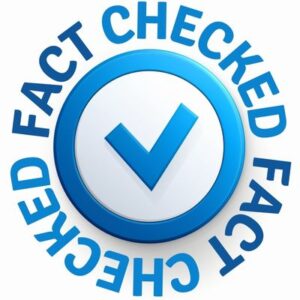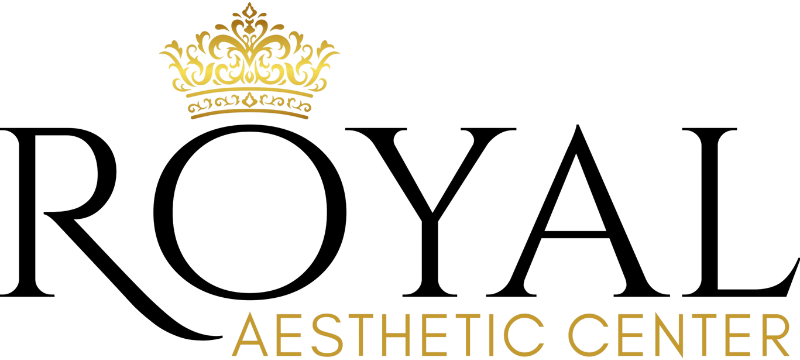IPL for Rosacea: How Effective Is It?

Published May 22, 2023
Rosacea is one of the most widely-known and common skin disorders around the world, along with acne and eczema. But compared to these two, rosacea, despite being common, can lead to quite severe symptoms or effects, including persistent rashes, irritation, and visible blood vessels, to name a few.
For that reason, it goes a long way to have a solution ready in case you get this disorder. Thankfully, you have a bunch of options if you’re looking to remedy rosacea, one of which is intense pulsed light therapy.
What is IPL?
IPL, short for Intense Pulsed Light, is a technology commonly used for cosmetic and medical treatments, primarily those involving the skin and hair. Examples of treatments that involve IPL include hair removal and photorejuvenation. As the name implies, this technology utilizes light, or more specifically, its energy.
The light energy transfers heat to the skin, and when the skin is heated, it prompts the body to get rid of unwanted cells. That’s why it’s often used to remove something from the skin, be it hair or imperfections.
Keep in mind that laser therapy and IPL therapy are two different things, particularly with the type of light they use. Lasers typically send out a monochromatic coherent light source, while IPL utilizes a broadband pulsed light source. Interestingly though, they both work on rosacea, though IPL might be more effective.
How effective is IPL for rosacea?
It can be difficult to measure the effectiveness of IPL for rosacea, or any other skin condition, for that matter. After all, it can vary according to numerous factors, such as your specific skin type.
So, to describe its effectiveness, it’s best to look at it in comparison with its alternatives.
We can at least assume that IPL is most often than not more effective than laser therapy when treating rosacea. It can, after all, significantly reduce the flushing and redness associated with the condition.
That’s precisely why IPL is more commonly-used compared to its alternatives.
To put it into perspective, IPL usually requires three to six sessions before it can successfully treat rosacea and its symptoms. These sessions should each have a gap of at least three to four weeks.
Meanwhile, when it comes to laser treatments, you may require three to six sessions or even more.
The gap is pretty much the same as with IPL.
Keep in mind that for both treatments, their positive effects may be observed over the course of several weeks or even months. They don’t provide an immediate cure, and it’s not a permanent cure either.
Is IPL for rosacea for you?
Again, IPL may or may not be an effective solution for rosacea, depending on the individual.

With that in mind, here are some signs that IPL is the perfect solution for your case of rosacea:
Persistent redness
Redness that often lasts for a long time is one of the many symptoms that don’t respond well to certain medications. Take azelaic acid, a fairly popular topic treatment, for example.
It offers antibacterial and anti-inflammatory properties, which are essential for rosacea treatment, but it doesn’t help with redness as much.
IPL, on the other hand, specifically targets the blood vessels that might be causing persistent redness. And as such, the treatment is much more effective.
Visible blood vessels
That’s also the main reason why IPL is perfect for cases of rosacea, where one of the symptoms is visible blood vessels.
It targets blood vessels specifically, and the light that the treatment produces causes the vessels to constrict. So, over time, it would gradually fade away.
Flushing/blushing
Flushing/blushing occurs when the blood vessels just underneath your skin fill with more blood. Since it’s mostly a blood vessel problem, you can expect that IPL would be effective in resolving it.
It may not be able to completely eliminate the issue, but the wavelengths that IPL uses should at least reduce the intensity of blushing.
Uneven skin texture
Although rare, there are cases of rosacea where the skin shows uneven texture, primarily because some parts are thicker than others.
In this case, IPL would be an excellent solution. After all, smoother skin and improved skin tones are some of the main benefits of IPL in the first place.
Keep in mind that many other factors play a role in your skin condition, such as your skin type.
Even if you do experience these four signs, that doesn’t automatically make IPL the perfect solution for your rosacea. It’s still best to consult your doctor or dermatologist.
The Bottom Line
Though it’s a relatively common skin condition, rosacea is by no means the most severe. So, you don’t have to decide immediately whether getting IPL for rosacea is your next move. With this guide, however, you should be able to at least make a better-informed decision.

Fact Checked By Experts
Our team of experienced professionals has meticulously verified and validated the accuracy of this content. Discover more about the rigorous editorial standards that govern our website’s distinctive and exceptional content on our About page.
Premier Med Spa Center In Milford Massachusetts
At Royal Aesthetic Center in Milford Massachusetts, we provide 5-star rated med spa services. We understand the importance of looking and feeling your best, so we offer only proven treatments. From laser hair removal and cryo fat freeze to skin treatments like facials and microneedling, we are committed to helping you achieve your goal. Trained professionals use only the latest technology to ensure that you get the best results.

About The Author
Lenard Arceo is an experienced writer who enjoys coding applications in his spare time. He has a fascination with beauty and wellness trends and enjoys sharing his knowledge and research. He is proud of his commitment to sharing only factual content that has helped his readers with life changing choices for the better over the years.



